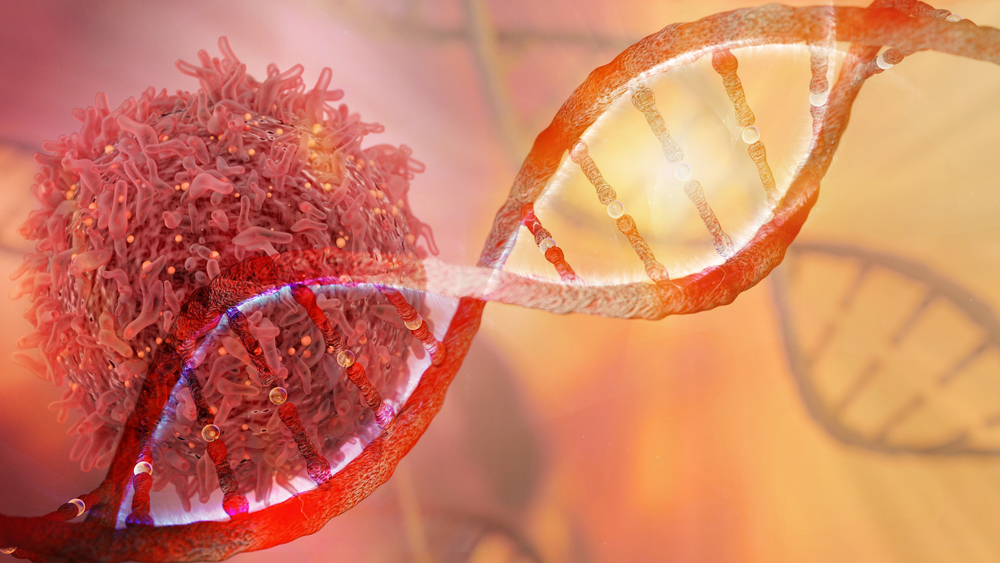New Stem Cell Lines Derived From MPSIIIB Patient May Help Improve Preclinical Research

Two new experimental stem cell lines derived from a patient with mucopolysaccharydosis IIIB (MPSIIIB), also known as Sanfilippo syndrome type B, were developed by Spanish researchers.
These stem cells will complement existing mouse models of the disease and may allow the development of a more reliable human model of Sanfilippo type B.
The study, “Generation of two induced pluripotent stem cells lines from a Mucopolysaccharydosis IIIB (MPSIIIB) patient,” was published in Stem Cell Research.
MPSIIIB is a progressive disorder that primarily affects the brain and spinal cord with symptoms usually beginning during early childhood. The disease is caused by mutations affecting the NAGLU gene, which provides instructions for making the NAGLU enzyme, responsible for breaking down long complex sugar molecules called heparan sulfate (HS).
When mutations reduce NAGLU activity, HS accumulates inside cells, resulting in metabolic impairments, inflammation, and degeneration of the central nervous system.
More than 150 genetic mutations have been identified in the NAGLU gene, all of which lead to MPSIIIB.
Experimental models of induced pluripotent stem cells (iPSCs) have been developed for some lysosomal storage diseases, including those derived from the skin fibroblasts of children with MPSIIIB.
iPSCs are derived from either skin or blood cells that have been reprogrammed back into a stem cell-like state, which allows for the development of an unlimited source of any type of human cell needed for therapeutic purposes.
In this study, two new iPSC models, identified as IMEDEAi005-A and IMEDEAi005-B, were generated from skin cells collected from a patient diagnosed with MPSIIIB. Genetic analysis confirmed that the patient had a particular mutation, called Pro358Leu, in the NAGLU gene.
Skin cells were genetically reprogrammed to be transformed into a stem cell-like state, or back to a more naive state. After being cultured in the laboratory for some time, the cells acquired the appearance and growth behavior typical of human stem cells.
“We have successfully generated and characterized, for the first time to our knowledge, two human iPSCs lines from a MPSIIIB donor homozygous [with two copies] for the Pro358Leu NAGLU mutation,” the researchers wrote.
Using the right chemical stimulus, these iPSC lines have the potential to be transformed into any cell type in the human body. This may provide new opportunities to better understand the impact of this particular disease-associated NAGLU mutation, as well as to develop potential therapies for MPSIIIB.
“The new lines will complement the existing murine MPS IIIB model, with their potential to be used in a development of a purely human in vitro [laboratory] model of the disease,” the researchers concluded.






